Basic Car Tire Maintenance and Rotation
Chosen theme: Basic Car Tire Maintenance and Rotation. Keep your drives safer, quieter, and more affordable by mastering simple routines that protect your tires. Read on, share your experiences, and subscribe for hands-on tips you can use this weekend.
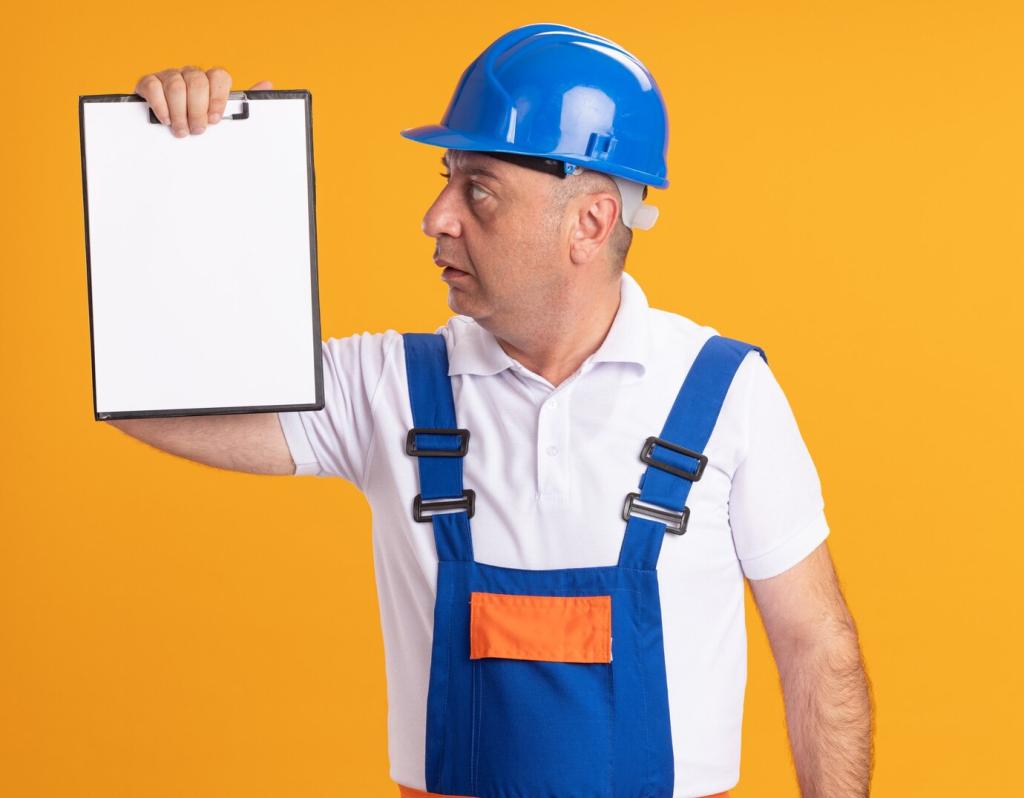
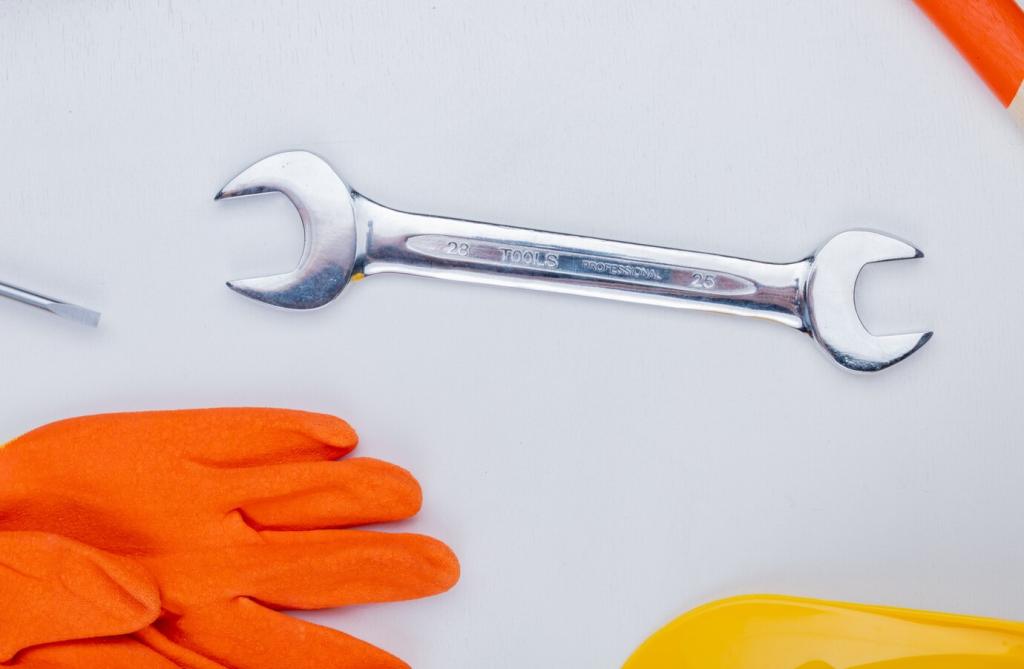
Know Your Tire Anatomy
Tires are layered systems: tread for grip, belts for strength, sidewalls for flex, beads to lock onto wheels, and a contact patch doing all the work. Understanding each part helps you interpret wear, plan rotations, and avoid costly surprises.

Tread Depth: The Simple Penny and Quarter Checks
Use a tread gauge, a penny, or a quarter to check depth across the tire. Replace around 2/32 inch; consider earlier at 4/32 for wet safety. I noticed shorter braking distances after swapping borderline tires before a rainy trip.

Proper Pressure, Every Month
Check tire pressures monthly when cold, using the vehicle placard values, not the sidewall maximum. TPMS warns late, so a reliable gauge matters. Slight seasonal changes quickly add up; a five-minute check can prevent extra wear and heat build-up.



DIY Rotation: Tools, Safety, and Confidence
You will want a floor jack, sturdy jack stands, wheel chocks, a torque wrench, breaker bar, gloves, and chalk or labels for marking positions. A tidy layout and quick photos of each corner keep the process organized and stress-free.
DIY Rotation: Tools, Safety, and Confidence
Use manufacturer jacking points and a flat, solid surface. Chock opposite wheels, lift slowly, and never trust the jack alone—rest the car on stands and gently shake-test stability. A neighbor’s near-miss taught me patience is the safest tool.
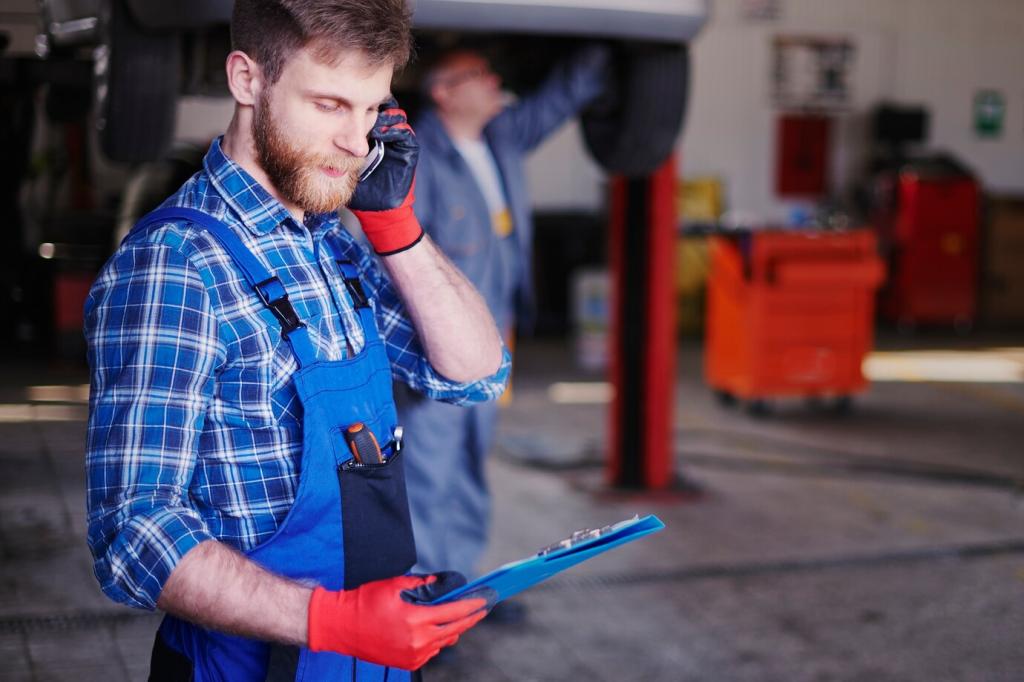
Size and Construction Decoded
A marking like P215/65R16 98H breaks down into type, width, aspect ratio, construction, rim diameter, load index, and speed rating. Staying with the correct size preserves speedometer accuracy, wheel clearance, and handling balance your rotation work relies upon.

Load Index, Speed Rating, and Inflation Wisdom
Match or exceed the factory load index and speed rating. Inflate to the vehicle placard pressures, not the sidewall maximum. Underinflation builds heat and wears shoulders; overinflation reduces contact patch. Tell us your daily pressure routine and favorite gauge.
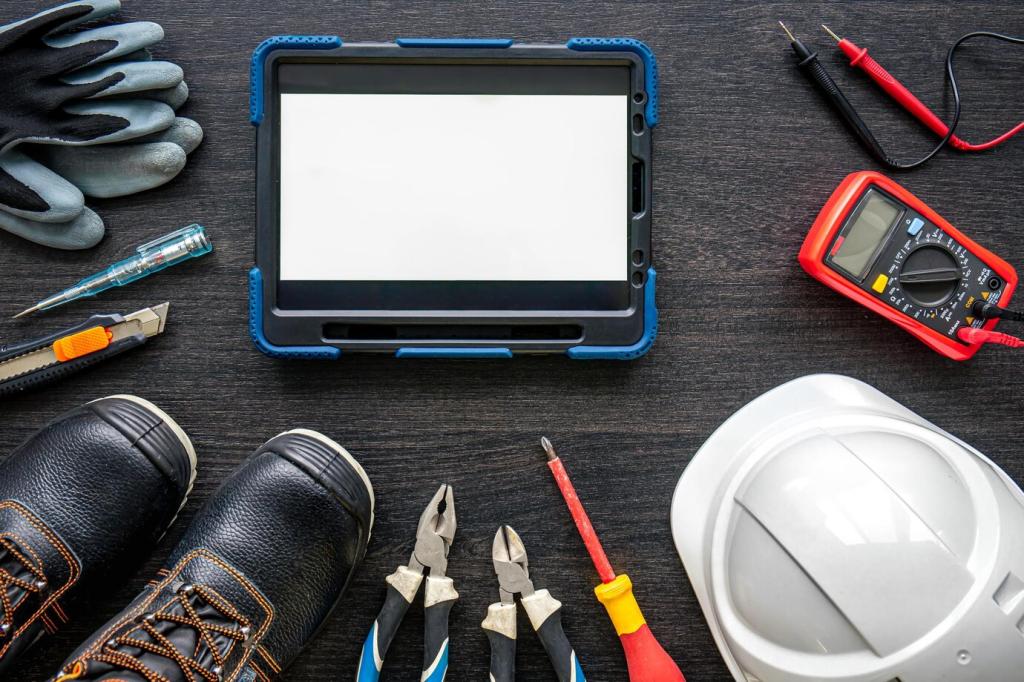
DOT Date Codes and Tire Age
Find the four-digit DOT code indicating production week and year, like 2319. Rubber ages even with tread remaining, so inspect for cracking. Many experts suggest close inspections around six years and replacement by ten. Check your dates tonight and report back.
Spotting Alignment Issues Early
If the car pulls, the steering wheel sits crooked, or one edge wears faster, schedule an alignment. After curbs or big potholes, check sooner. Rotations can reveal patterns—snap before-and-after photos and share them to help others learn what to watch.
Wheel Balancing for Smooth Rides
A shake at certain speeds often means imbalance. Balancing adds or adjusts weights to smooth rotation. Balance new tires, and rebalance after losing weights or repairs. Road-force balancing can solve stubborn cases; tell us whether it fixed your vibration.
Safe Tire Repairs and When to Replace
Repair only small punctures in the tread area using an internal plug-patch. Sidewall damage, large holes, or belt exposures mean replacement. Avoid stacking plugs or external-only fixes. Safety first—share where you draw the line on repairs versus new tires.

Monitoring and Seasonal Care
Feathering, cupping, and inside or outside edge wear each tell a story about alignment, balance, or pressure. Catching these patterns early turns a minor adjustment into major savings. Post a photo of your tread, and we will help decode it.
Monitoring and Seasonal Care
If you run winter or summer sets, label each tire’s last position when you rotate. Store in cool, dry spaces away from sunlight, ideally bagged. Rotate positions each season. Share your labeling method to inspire a more organized garage.
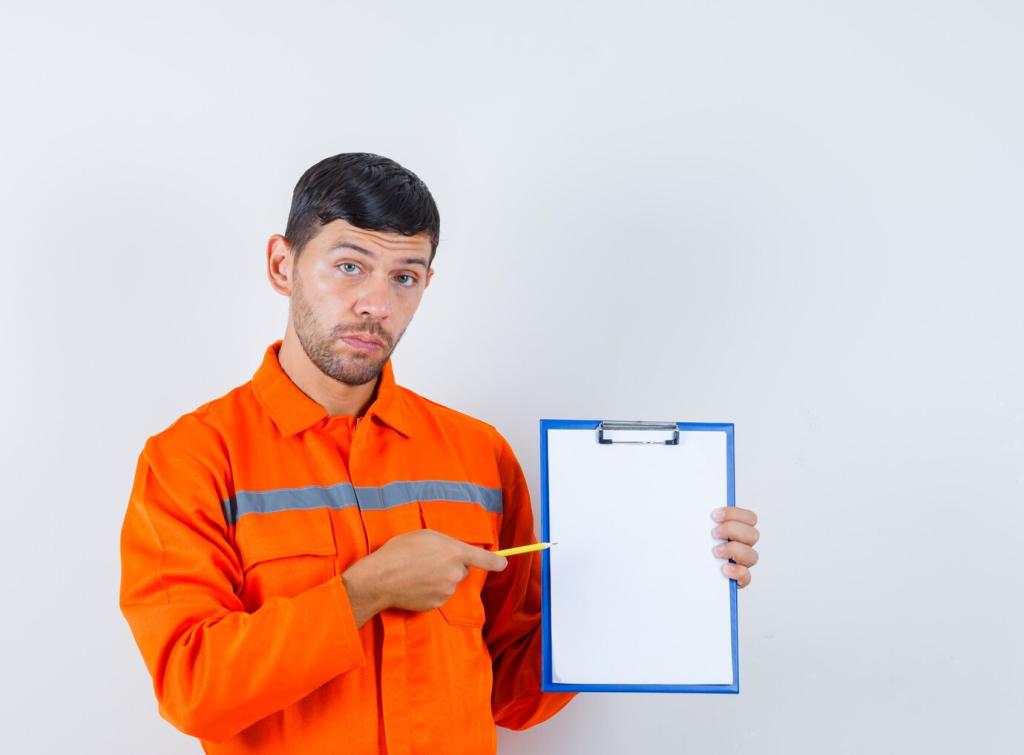
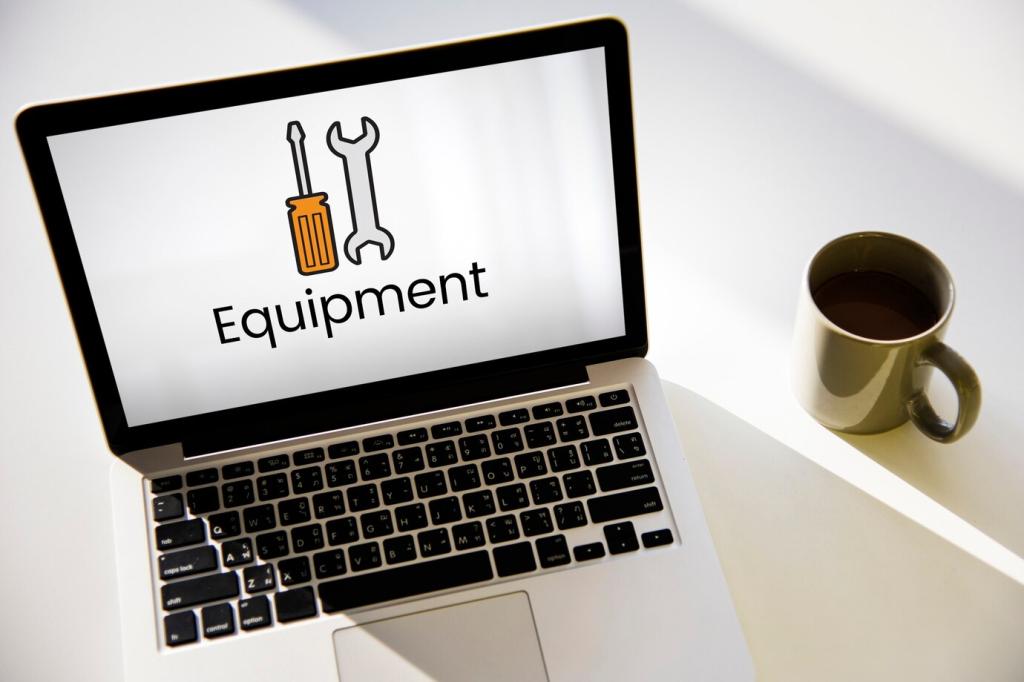
Real-World Story and Your Next Step
Before a storm, I checked pressures and confirmed last weekend’s rotation. On the highway, standing water tried to pull the car, but balanced tread and correct pressures kept control. Share your near-miss and what habit helped you stay calm.
